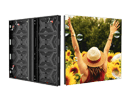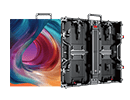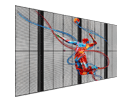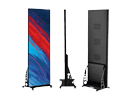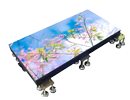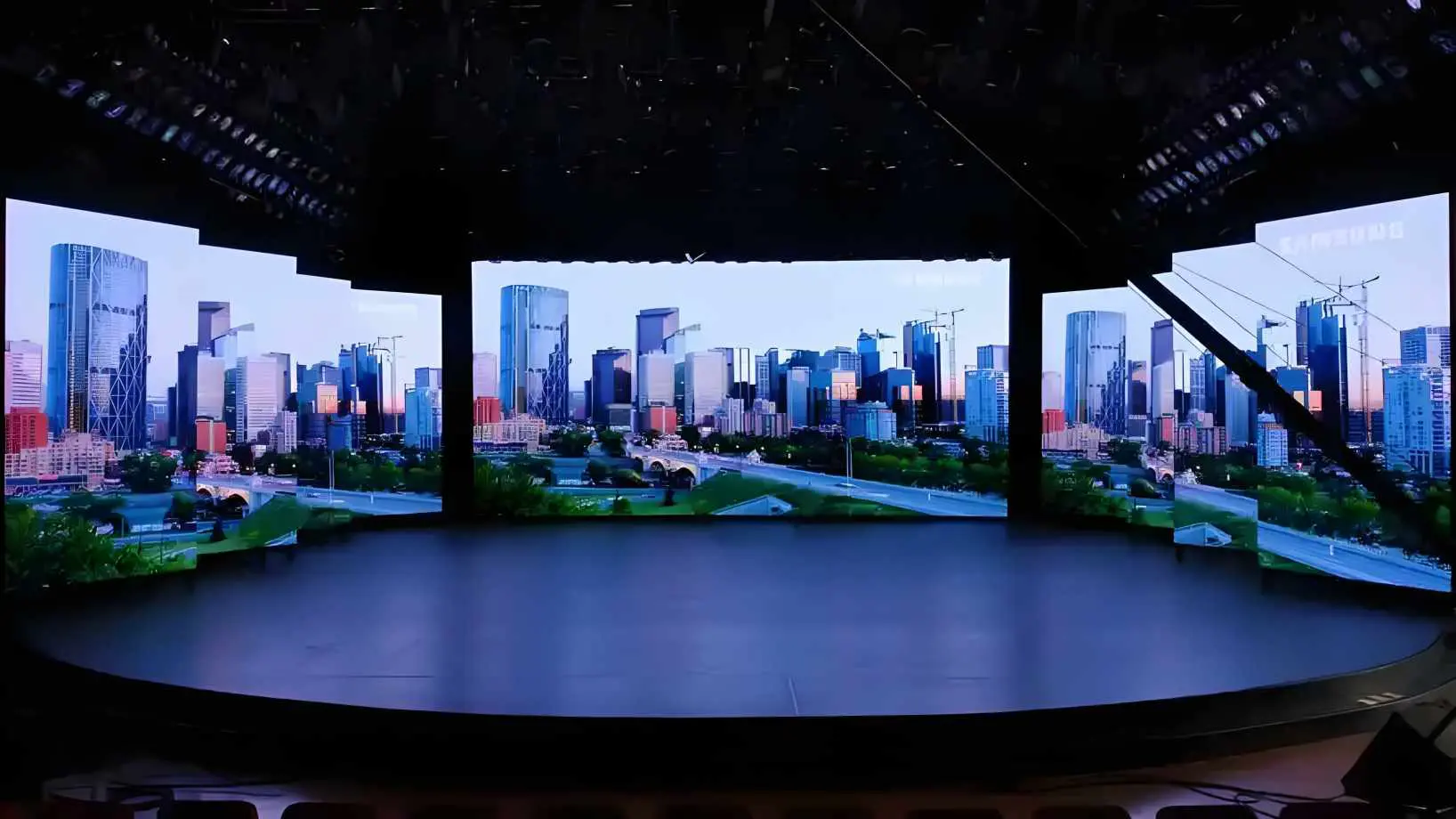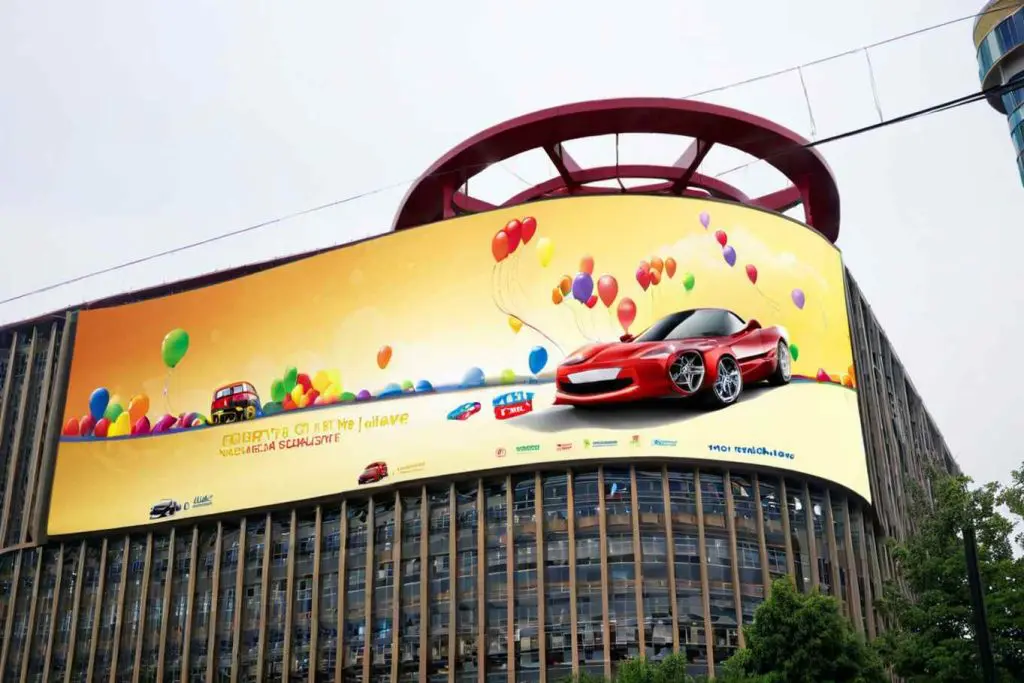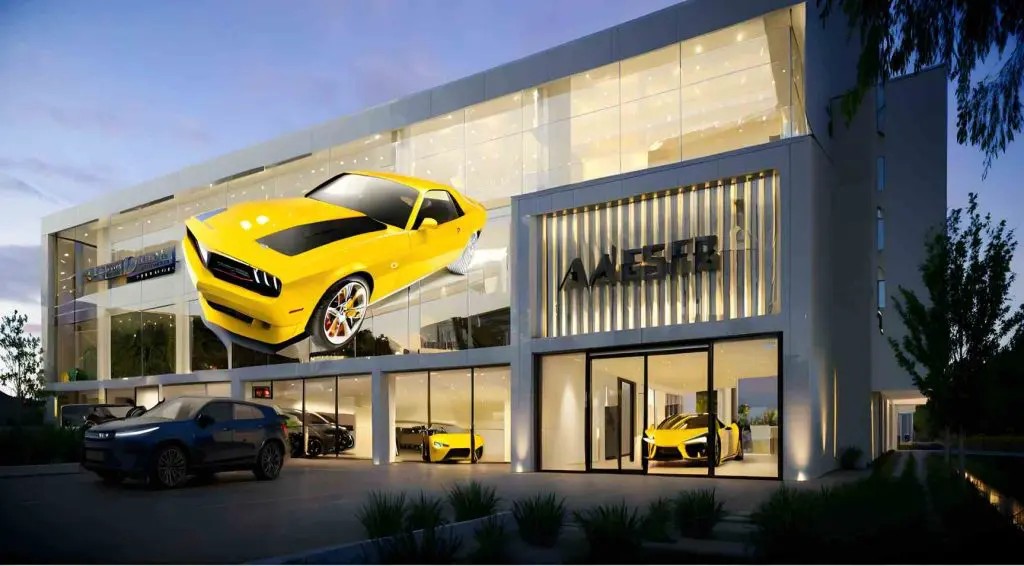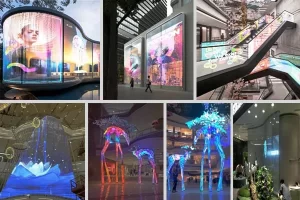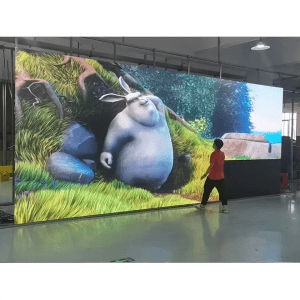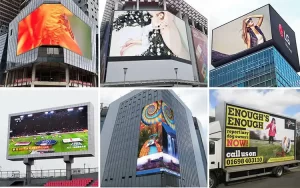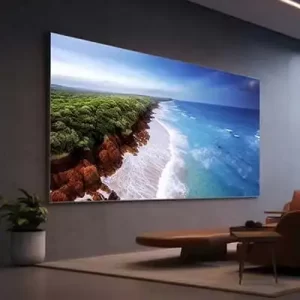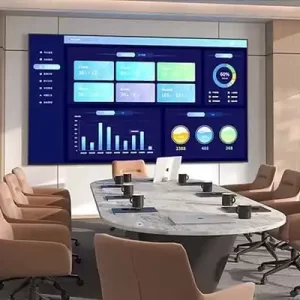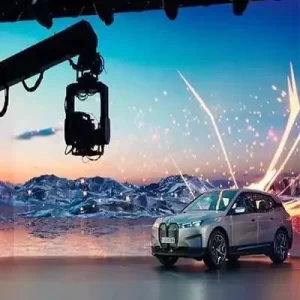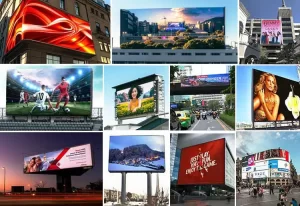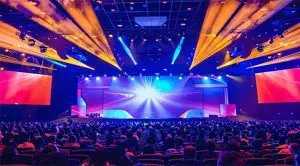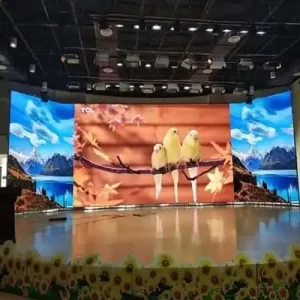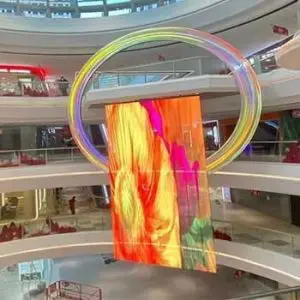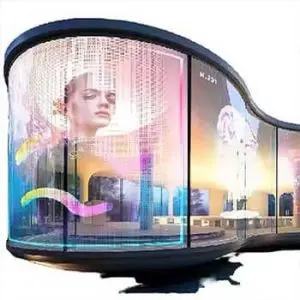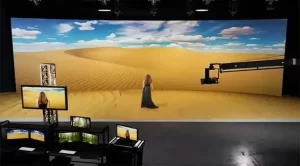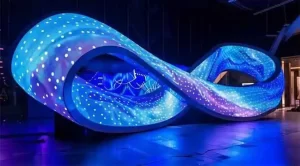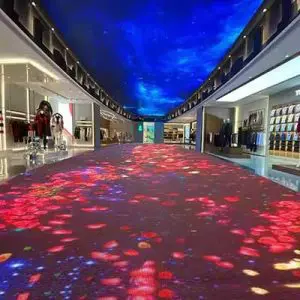The price of an LED screen depends on various factors such as size, resolution, pixel pitch, application (indoor vs. outdoor), and additional features like transparency or flexibility. Whether you’re considering an indoor display, an outdoor billboard, or a stage backdrop, understanding the pricing structure helps you make informed decisions.
This guide breaks down the price ranges, factors influencing costs, and tips to choose the right LED screen for your needs.
Key Factors Influencing LED Display Screen Prices
1. Pixel Pitch (Resolution)
- Pixel pitch refers to the distance between two adjacent pixels, measured in millimeters. Smaller pixel pitch provides higher resolution and better image clarity but increases the price.
- P1.2–P3: High resolution, suitable for close-viewing applications like indoor displays or video walls.
- P4–P6: Medium resolution, ideal for larger displays viewed from a distance (e.g., outdoor advertising, event screens).
- P7 and above: Suitable for large-scale applications like billboards or stadiums where viewers are far away.
2. Screen Size
The larger the screen, the higher the cost due to the number of LED modules required. Common sizes include:
- Small Displays (1–5 m²): Used for retail signage or small conference rooms.
- Medium Displays (5–20 m²): Common for event backdrops, stage screens, or advertising boards.
- Large Displays (20+ m²): Ideal for outdoor billboards, stadiums, or concerts.
3. Indoor vs. Outdoor Screens
- Indoor Screens: Lower brightness (800–1,500 nits), lightweight, and less expensive.
- Outdoor Screens: High brightness (5,000–10,000 nits), weatherproof (IP65+), and durable, making them more costly.
4. Type of LED Screen
Different types of LED screens come with varying price points:
- Fixed Screens: Permanent installations for advertising, retail, or events.
- Rental Screens: Modular, portable, and lightweight for temporary use.
- Transparent Screens: High-end transparent designs for shopfronts or exhibitions.
- Curved/Flexible Screens: Customizable panels for creative or architectural applications.
5. Brightness
Screens with higher brightness levels (measured in nits) cost more. For example, outdoor screens require higher brightness for visibility under direct sunlight.
6. Additional Features
- Customization: Unique shapes, curved designs, or branding increase the price.
- Control Systems: Advanced systems for real-time updates, synchronization, or interactive displays add to the cost.
- Weatherproofing: Outdoor screens with IP65+ ratings for protection against rain, dust, and extreme temperatures cost more.
7. Country of Manufacture
Screens made in China are generally more affordable due to lower production costs, while those made in the U.S. or Europe are priced higher due to stricter standards and higher labor costs.
LED Screen Price Ranges
Below is an approximate cost breakdown for different types of LED screens:
| Screen Type | Pixel Pitch | Price Range (per m² USD) | Best For |
|---|---|---|---|
| Indoor LED Screens | P1.2–P3 | $3,000–$6,000 | Offices, retail stores, event stages. |
| Outdoor LED Screens | P3–P6 | $3,500–$7,000 | Billboards, stadiums, outdoor events. |
| Transparent LED Screens | P3–P7 | $4,500–$8,000 | Shopfronts, exhibitions, creative setups. |
| Flexible LED Screens | P2–P5 | $5,000–$10,000 | Artistic installations, curved walls. |
| Rental LED Screens | P3–P6 | $3,000–$6,500 | Temporary events like trade shows or concerts. |
| Video Walls | P1.2–P3 | $4,000–$8,000 | Control rooms, corporate presentations. |
Price Examples for Common Applications
1. Small Indoor Screen (P2, 2m x 2m)
- Price: $12,000–$24,000.
- Applications: Retail stores, small conference rooms, lobbies.
2. Medium Outdoor Billboard (P4, 5m x 3m)
- Price: $52,500–$105,000.
- Applications: Outdoor advertising, public displays.
3. Large Event Stage Screen (P3, 10m x 5m)
- Price: $150,000–$300,000.
- Applications: Concerts, music festivals, large-scale events.
4. Transparent Shopfront Display (P5, 3m x 2m)
- Price: $27,000–$48,000.
- Applications: High-end retail stores, exhibitions.
5. Rental LED Screen (P3, 6m x 4m for 1-day event)
- Rental Cost: $5,000–$10,000 (including setup and dismantling).
- Applications: Temporary events like trade shows or weddings.
Additional Costs to Consider
When planning your LED screen purchase, it’s important to account for additional costs beyond the screen itself:
1. Installation
- Indoor Installation: $500–$1,500 depending on complexity.
- Outdoor Installation: $1,500–$5,000+ due to structural requirements (e.g., weatherproofing, mounting frames).
2. Content Management System (CMS)
A CMS allows real-time control and updates of the screen’s content. Costs range between $500–$2,000, depending on the software’s features.
3. Maintenance
- Routine maintenance is essential to ensure long-term performance. Annual maintenance costs are typically 5–10% of the screen’s initial price.
4. Power Consumption
Larger and brighter screens consume more energy. For example:
- Indoor Screens: 200–400 watts/m².
- Outdoor Screens: 500–800 watts/m².
This can lead to higher electricity bills over time.
5. Shipping
Shipping costs depend on the size, weight, and destination of your order.
Tips for Managing LED Screen Costs
- Choose the Right Resolution
- Avoid overpaying for ultra-high resolution if your audience will view the screen from a distance (e.g., outdoor billboards work well with P4–P6).
- Buy Wholesale for Large Projects
- Bulk purchasing directly from manufacturers often yields significant discounts.
- Consider Rental Options
- For short-term events, renting is more cost-effective than buying.
- Negotiate with Suppliers
- Many suppliers are open to discussing discounts, especially for large orders.
- Opt for Energy-Efficient Screens
- While slightly more expensive upfront, energy-efficient screens reduce long-term operating costs.


